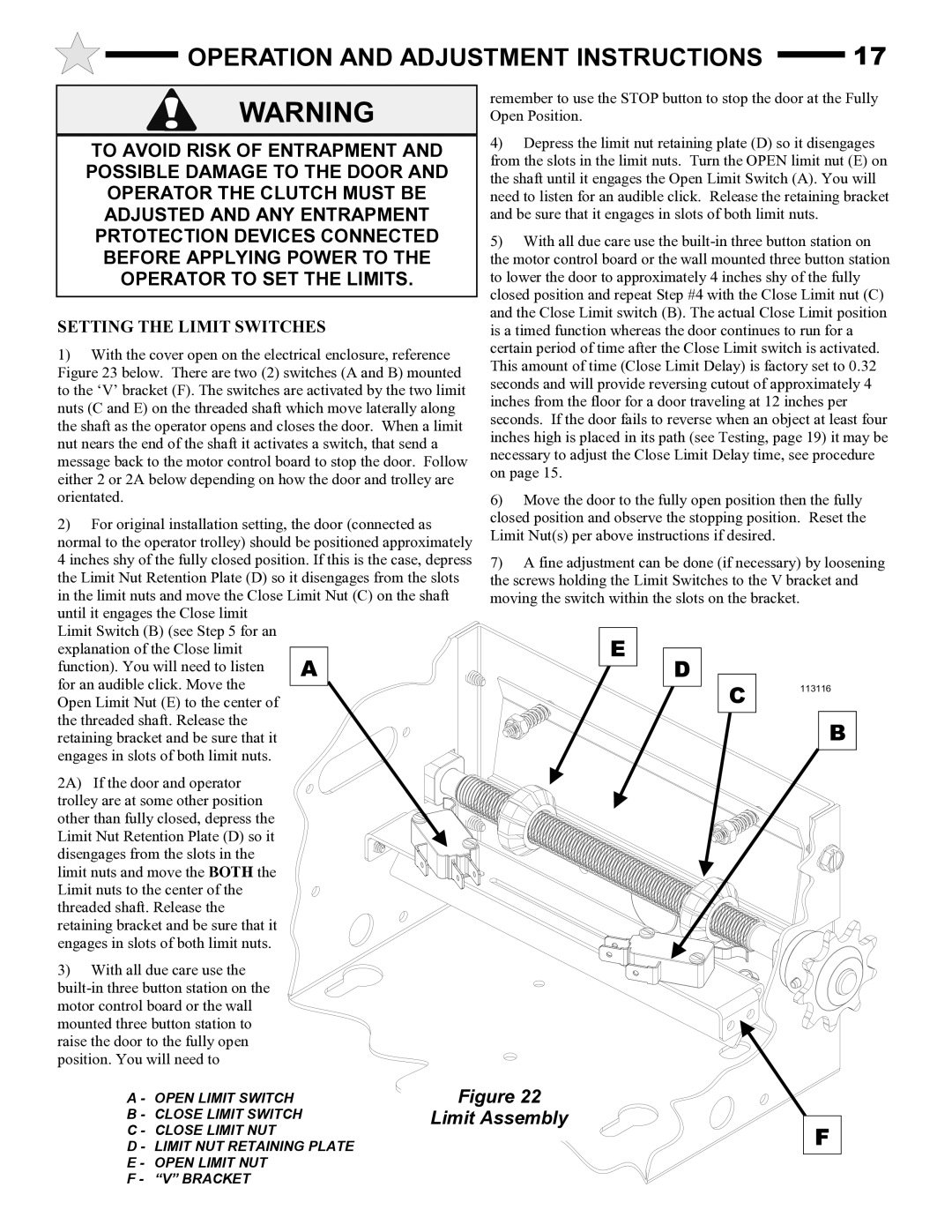AUD-S specifications
The Audi AUD-S is a striking representation of the brand's commitment to performance, luxury, and cutting-edge technology. Tailored for enthusiast drivers who crave a high-performance vehicle without sacrificing daily usability, the AUD-S harmonizes style and function in a captivating package.One of the standout features of the AUD-S is its robust powertrain. Typically powered by a turbocharged V6 or V8 engine, the AUD-S is engineered to deliver exhilarating performance that pushes the boundaries of what drivers expect from a luxury sedan. With power output often exceeding 400 horsepower, the AUD-S can accelerate from 0 to 60 mph in a matter of seconds, offering a thrilling driving experience both on the track and the open road.
The AUD-S employs Audi's renowned quattro all-wheel-drive system, which enhances traction and stability in various driving conditions. This advanced system ensures that power is efficiently distributed to all four wheels, providing superior grip during acceleration and cornering, making the AUD-S a driver-focused vehicle that inspires confidence behind the wheel.
In terms of design, the AUD-S boasts an aggressive stance complemented by sleek lines and distinctive aerodynamic enhancements. Its bold front grille and sharp LED headlights not only contribute to its eye-catching appearance but also improve airflow and overall performance. The spacious interior is adorned with high-quality materials, including leather upholstery and aluminum or carbon fiber accents, providing an atmosphere of sophistication and luxury.
Technology in the AUD-S is state-of-the-art, featuring the latest version of Audi’s MMI infotainment system. The system provides intuitive controls for navigation, audio settings, and vehicle monitoring, ensuring that drivers stay connected while remaining focused on the road. A fully digital instrument cluster, known as the Virtual Cockpit, presents vital information in a crisp and customizable format.
Safety and driver assistance features are also a priority in the AUD-S. Equipped with various sensors and cutting-edge camera technology, the vehicle offers features such as adaptive cruise control, lane-keeping assist, and parking assistance, all designed to enhance safety and convenience behind the wheel.
In summary, the Audi AUD-S embodies the perfect blend of power, luxury, and technology. With its impressive performance capabilities, sophisticated design, and advanced features, the AUD-S stands out as a top contender in the high-performance luxury sedan market, offering an unparalleled driving experience for those who seek both excitement and elegance.

